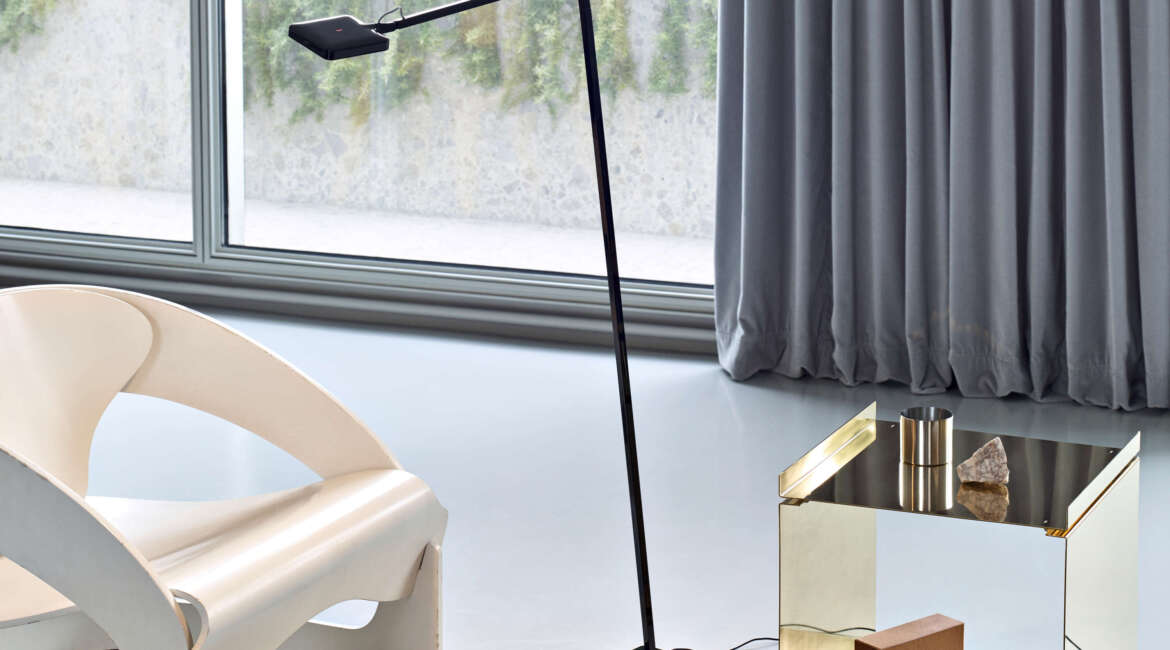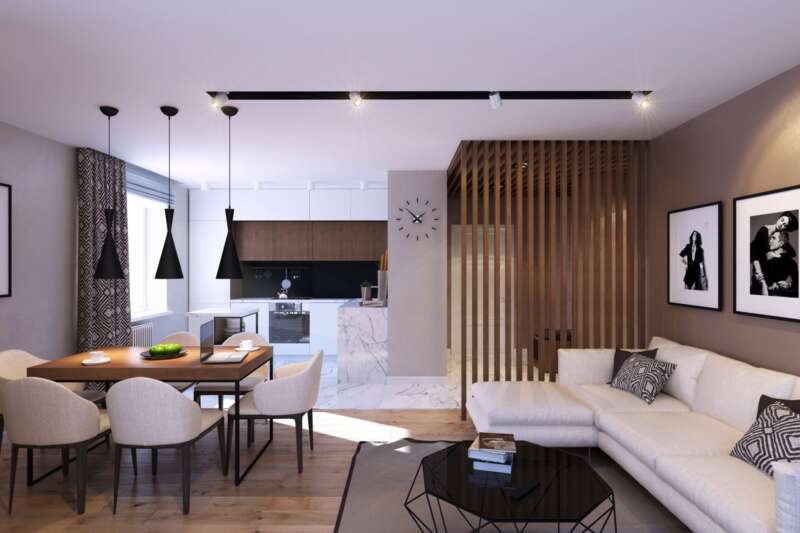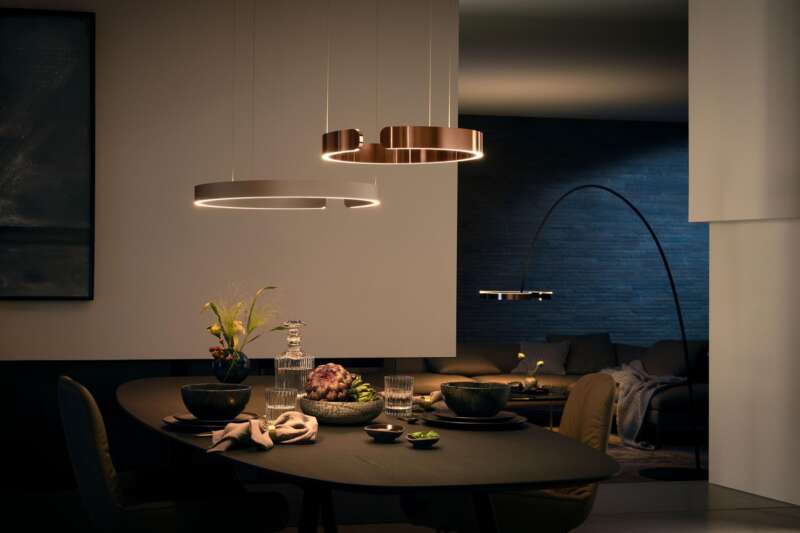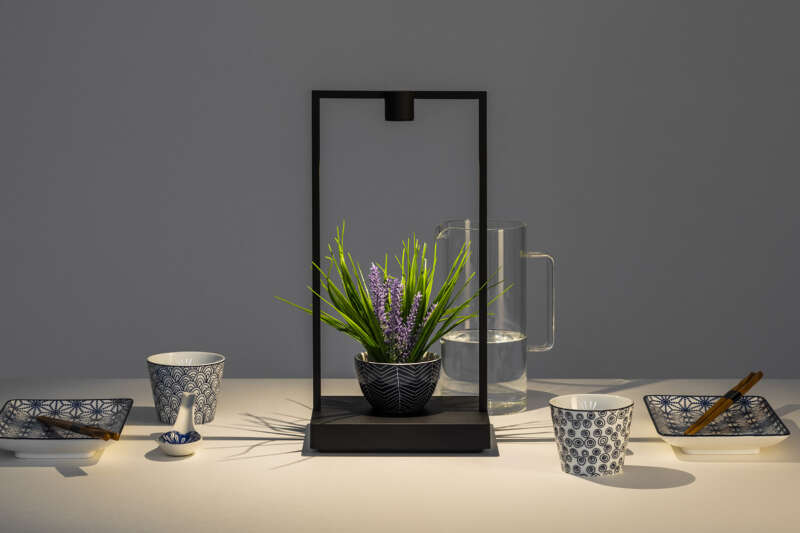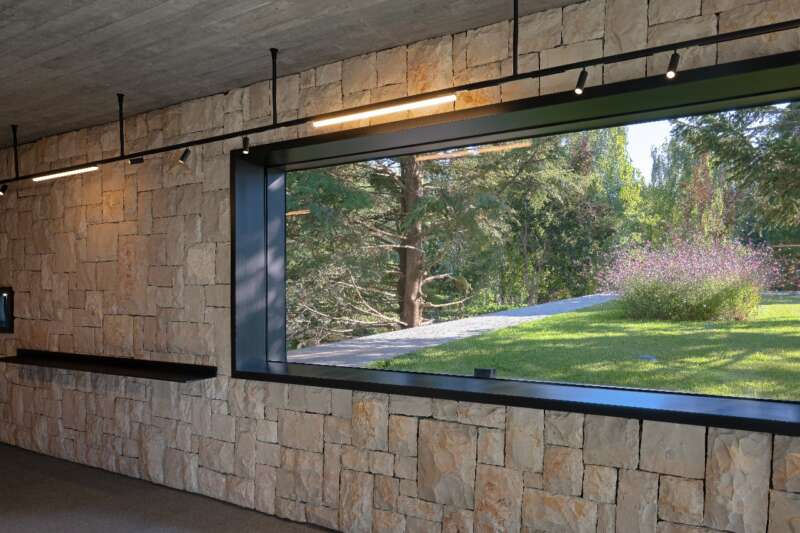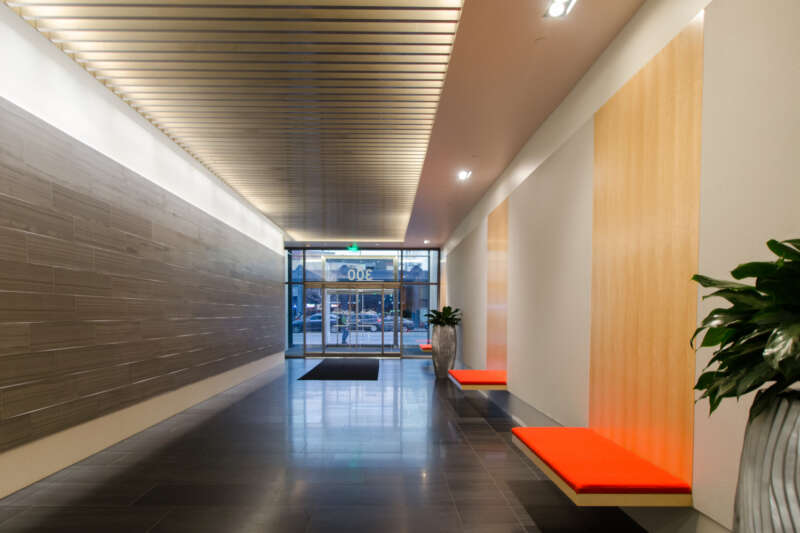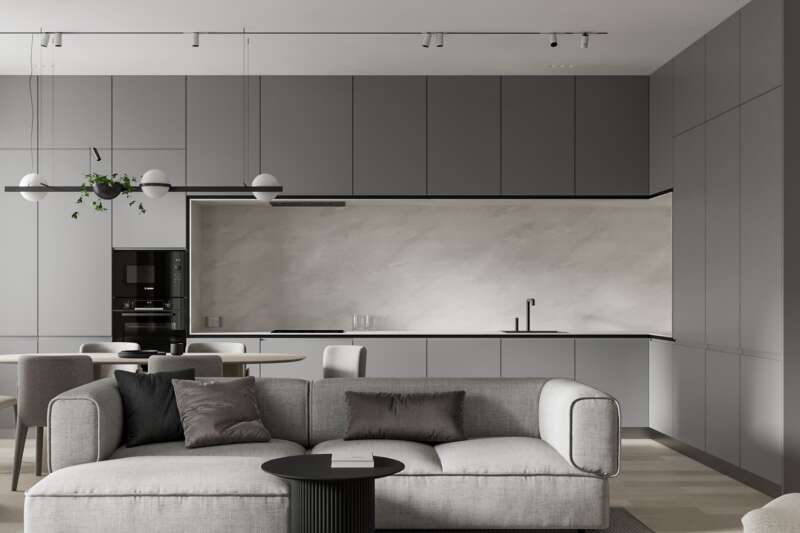The Perfect Lights for Reading
What is better than curling up with a great book? When you sit outside to read on a sunny day, your eyes have everything they need to stay healthy while you turn the pages of your latest read. But how do we bring that same healthy reading environment indoors for perfect rainy day and late night reading?
The best way to protect your eyes while reading is to find the best lamp for wherever you like to read. Whether you’re looking for the best lighting for reading in bed or the best lighting for reading and studying at a desk, proper lighting will make a huge difference in how you read.
Brightness
Reading in light that is too dim can cause eye strain, especially if you are reading for long periods of time or focusing hard while studying.
Find a dimmable bulb that you can adjust based on how much ambient and natural light is around you. That way, you can adjust the brightness of your reading lamp to time of day and even the weather for the perfect amount of light every time.
Studies show that people in their 60s require 80% more light to read comfortably than people in their 20s. This is due to the biology of our eyes and the way it changes as we get older.
Light Color
The next factor to consider when choosing the best light for reading is color temperature. Color temperature, measured in Kelvin (K), tells you how yellow or blue a light is.
The Kelvin scale ranges from 1,800K, which is extremely warm, to 6,500K, which is extremely cool. Color temperatures can generally be sorted into three categories:
Warm light: 2,500 to 3,000 K. This light is excellent for relaxation. It is the best lighting for reading in bed, since blue light makes it difficult to fall asleep.
Natural light: 3,000 to 4,900 K. This neutral light is great for studying and working. Not too cool and not too warm, natural light is similar to sunlight and makes us alert without feeling clinical.
Cool light: 4,900 K and above. Very cool color temperatures are typically reserved for clinical settings like hospitals and laboratories. This is not likely to be a comfortable color temperature for reading or studying at home.
So, the right color temperature for reading really depends on when and why you read. If you read before bed or to relax, choose a warm light. If you read to study or learn, choose a slightly cooler light.
Wall Lighting for Reading
Want to set up the best light for reading, but don’t have much space? Wall lighting for reading is a great way to maximize small spaces and make sure you have a comfortable spot to read.
The most popular kind of wall lights for reading are swing arm sconces, because they can be moved to direct light where you need it. These fixtures come in many styles, including plug-in wall lights, so you can find a great option to go with your decor.
Task Lighting
There are many different fixtures that provide task lighting. Task lighting provides focused light to make completing a task safer, easier, and more comfortable.
Task lighting options include:
Desk lamps
Swing-arm lamps
Bedside table lights
Low hanging pendants
Wall mounted reading lights
With so many fixture types to choose from, you can find the perfect reading light for your desk, bed, or reading chair.
Other Lighting Tips
Other than choosing the right fixture, bulb brightness, and color temperature, there are a few more tips to keep in mind when choosing a reading light.
Incorporate natural sunlight into your lighting scheme whenever possible
Layer your light by using ambient (overhead), task, and accent lighting
If you read on a computer, phone, or tablet, be sure the light in your room is brighter than the screen
Choose energy-efficient LEDs for a long-lasting, eco-friendly reading light


